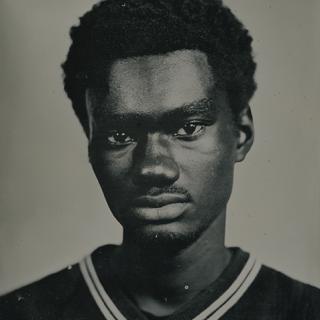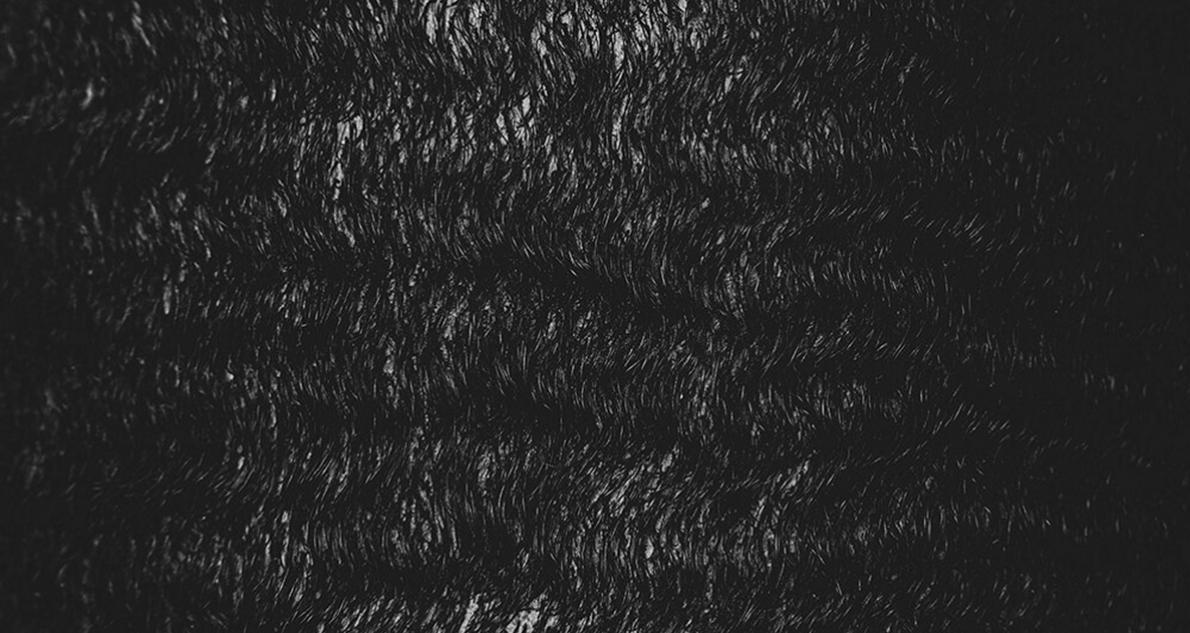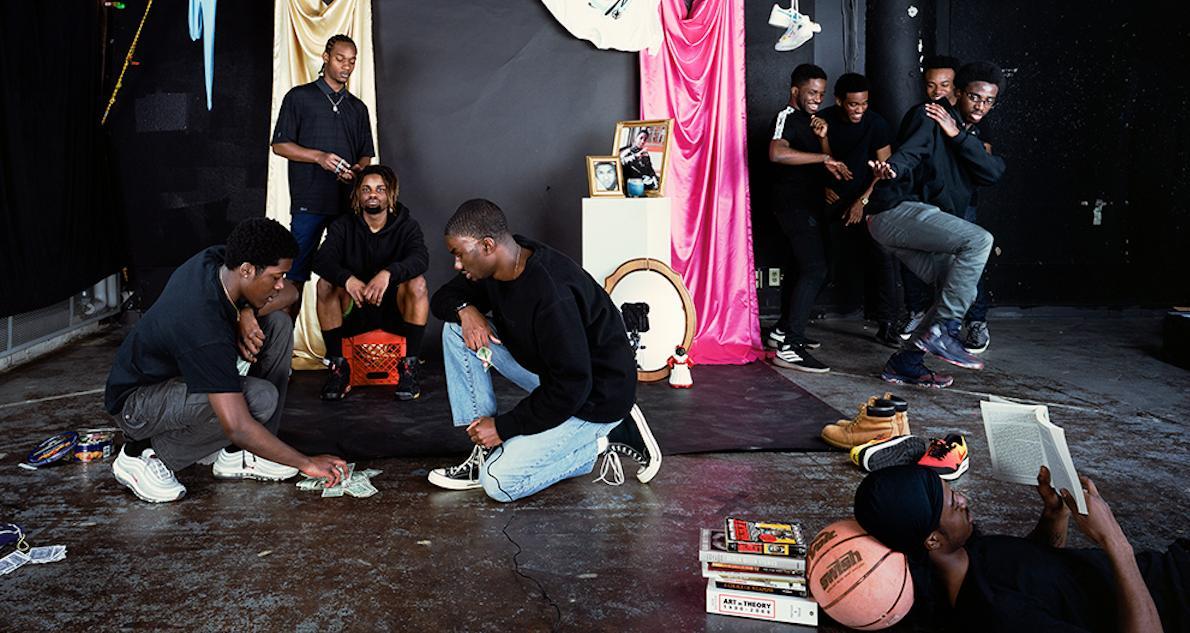
Nick Drain is a fine artist born in Chicago, IL, who lives and works in Milwaukee, WI. Centering his thinking around blackness, his work investigates the politics of visibility in order to understand the complex relationship of blackness and Black people to the object of the camera. He has exhibited both locally and nationally, most notably showing work at the International Center for Photography in New York City, NY, and the Colorado Photographic Art Center in Denver, CO. Nick attended the Yale Norfolk School of Art in 2019 and received a BFA from the New Studio Practice program at the Milwaukee Institute of Art & Design in 2020.



